Black stain on Oak
jennifer_in_clyde
18 years ago
Featured Answer
Sort by:Oldest
Comments (62)
brickeyee
18 years agolast modified: 9 years agotom999
18 years agolast modified: 9 years agoRelated Professionals
Black Forest Cabinets & Cabinetry · Bullhead City Cabinets & Cabinetry · Liberty Township Cabinets & Cabinetry · Aldine Carpenters · Idaho Carpenters · Branford Flooring Contractors · Carmel Flooring Contractors · Del Aire Flooring Contractors · Elgin Flooring Contractors · Hubert Flooring Contractors · Kalispell Flooring Contractors · Lebanon Flooring Contractors · Mahwah Flooring Contractors · Willoughby Flooring Contractors · Minneapolis Furniture & Accessoriescelticmoon
18 years agolast modified: 9 years agocelticmoon
18 years agolast modified: 9 years agotom999
18 years agolast modified: 9 years agocelticmoon
18 years agolast modified: 9 years agocbid
18 years agolast modified: 9 years agojennifer_in_clyde
18 years agolast modified: 9 years agobajarover
17 years agolast modified: 9 years agotr6001
16 years agolast modified: 9 years agoStocky
16 years agolast modified: 9 years agothe_roaming_gnome
16 years agolast modified: 9 years agohpykmpr
16 years agolast modified: 9 years agobobsmail1998_yahoo_com
16 years agolast modified: 9 years agosombreuil_mongrel
16 years agolast modified: 9 years agobob1998
16 years agolast modified: 9 years agospanky_md
16 years agolast modified: 9 years agocanadiannation
16 years agolast modified: 9 years agobmc23523
16 years agolast modified: 9 years agolincoln1313
15 years agolast modified: 9 years agodaytona1
15 years agolast modified: 9 years agomjyoungz
15 years agolast modified: 9 years agolamir
15 years agolast modified: 9 years agothechucker
15 years agolast modified: 9 years agoredrobin_47
15 years agolast modified: 9 years agodrfrancov
15 years agolast modified: 9 years agosombreuil_mongrel
15 years agolast modified: 9 years agobrickeyee
15 years agolast modified: 9 years agoamandamariecollier_gmail_com
15 years agolast modified: 9 years agoabnorm
15 years agolast modified: 9 years agokoolysh
15 years agolast modified: 9 years agomybutterflyeyes
13 years agolast modified: 9 years agoin2music
13 years agolast modified: 9 years agobobismyuncle
13 years agolast modified: 9 years agoJeannie1111
13 years agolast modified: 9 years agoJeannie1111
13 years agolast modified: 9 years agobobismyuncle
13 years agolast modified: 9 years agoannenoel36_hotmail_com
13 years agolast modified: 9 years agoJeannie1111
13 years agolast modified: 9 years agoJeannie1111
13 years agolast modified: 9 years agoJeannie1111
13 years agolast modified: 9 years agogthug
13 years agolast modified: 9 years agonatschultz
13 years agolast modified: 9 years agoProjectdreamer
12 years agolast modified: 9 years agobarnum
12 years agolast modified: 9 years agokykels
8 years agomamaloukos
8 years agolazy_gardens
8 years agomamaloukos
8 years agoTimmay
7 years ago
Related Stories
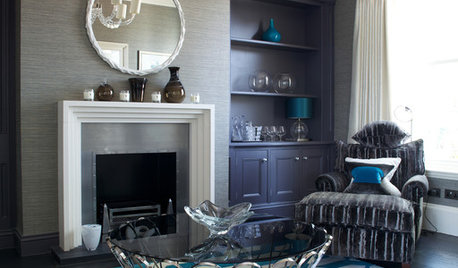
FLOORSDrama’s Afoot With Striking Black Floors
Be bold. Be brave. Drench your floors in black for a memorable interior scene
Full Story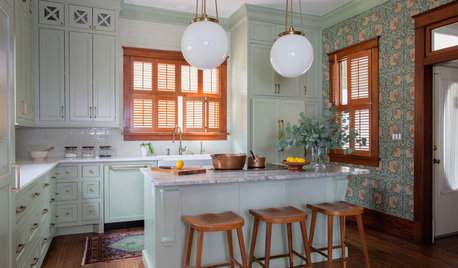
KITCHEN OF THE WEEKKitchen of the Week: Goodbye, Honey Oak — Hello, Minty Green
After more than 30 years, the Kloesels revamped their space to reflect their rural country town and Victorian-style home
Full Story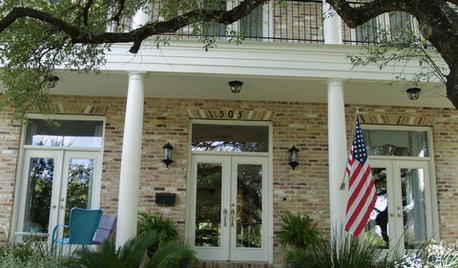
HOUZZ TOURSHouzz Tour: A New Home Honors a Historic Neighborhood
Stained glass, red oak floors and other traditional details give a newly built home in Texas an antique feel that fits right in
Full Story
KITCHEN CABINETSKitchen Cabinet Color: Should You Paint or Stain?
Learn about durability, looks, cost and more for wooden cabinet finishes to make the right choice for your kitchen
Full Story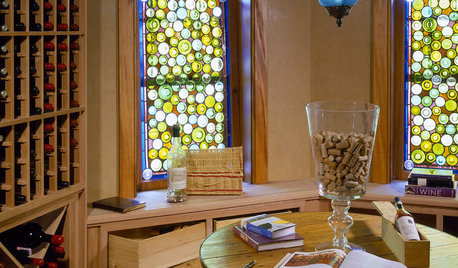
DECORATING GUIDESColor Your Home's View With Stained Glass
Interiors get an enchanting perspective with stained glass windows, doors and fixtures that dapple the light
Full Story
HOUSEKEEPINGDon't Touch Another Stain Before You Read This
Even an innocent swipe with water may cause permanent damage. Here's what to know about how rugs and fabrics react
Full Story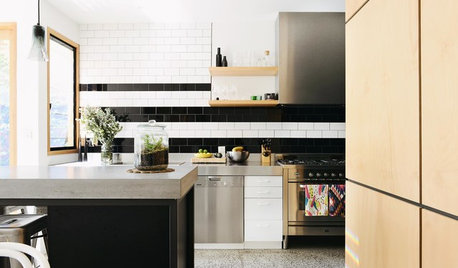
COLOR10 Pair-Ups for Black in the Kitchen
Combine black with other colors to add drama, polish and modernity. It also can make a kitchen look more spacious
Full Story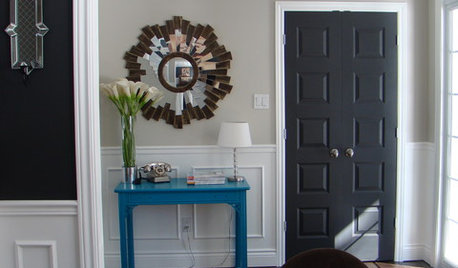
MOST POPULAR11 Reasons to Paint Your Interior Doors Black
Brush on some ebony paint and turn a dull doorway into a model of drop-dead sophistication
Full Story
COLORWake Up Your Woodwork With Black
Strike a dramatic note with black window frames, shelves, stairs and more, making features stand out or blend in
Full Story
BLACKThe Case for Beautiful Black Doors
To-do list: Freshen up the house with crisp black doors, inside and out
Full StoryMore Discussions











tom999